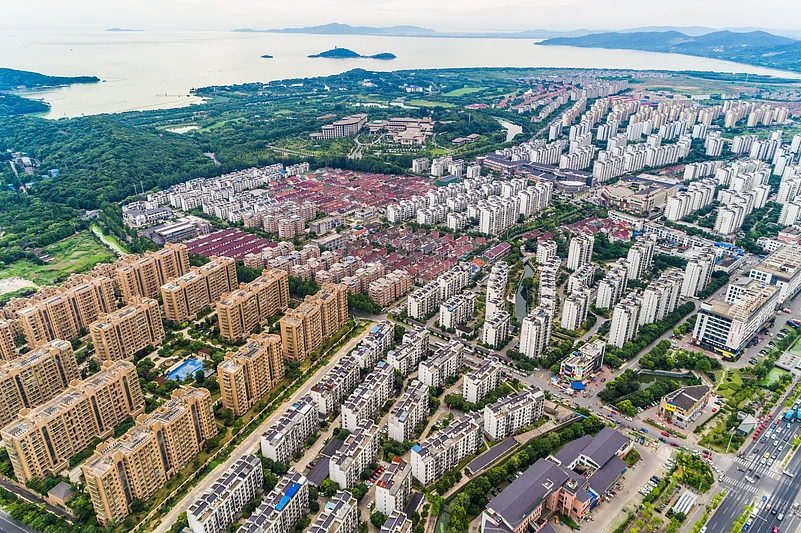Affordable Housing In Pune: At a time when housing prices are soaring across India’s metro cities, Pune is standing its ground as the country’s most affordable and best-selling urban real estate market.
According to the latest CREDAI-Pune Metro and CRE Matrix report, Pune sold nearly 90,000 housing units in 2024, more than Mumbai, Bengaluru, Delhi-NCR or Hyderabad. “Pune has done it again!” wrote CRE Matrix CEO Abhishek Kiran Gupta in the report’s foreword. “We have sold the highest number of total housing units across all Indian metros.”
Affordability is central to this performance. The average price of a home in Pune stood at Rs 73 lakh in 2024, less than half of Delhi’s Rs 3.08 crore and considerably lower than Mumbai’s Rs 2.13 crore or Bengaluru’s Rs 1.35 crore. Despite the city’s growing appetite for premium properties, its price point continues to attract a wider base of end-users and investors.
The Pune housing market also saw a 56 per cent jump in sales volume over five years and more than doubled in value, from Rs 30,000 crore in 2019 to Rs 65,000 crore in 2024. That growth has been matched by a surge in higher-ticket homes; units priced between Rs 1 crore and Rs 2 crore saw a staggering 296 per cent increase in value since 2021.
The bulk of sales came from North-West Pune and Pimpri-Chinchwad. North-West Pune alone reported a 117 per cent jump in the total value of homes sold between 2020 and 2024. Meanwhile, Pimpri-Chinchwad logged an 80 per cent rise in the number of units sold and a 155 per cent increase in value over the same period.
Importantly, Pune manages this performance while maintaining a balance in price bands. While luxury homes are on the rise, units priced below Rs 45 lakh continue to lead in volume. That equilibrium gives Pune an edge over cities like Mumbai, where affordability has sharply declined.
Another critical factor influencing buyer perception is the so-called “loading” in apartments, non-carpet areas like lobbies, stairs, and shared amenities. ANAROCK’s Q1 2025 research shows Pune’s average apartment loading has reached 40 per cent, up from 32 per cent in 2019. While that’s a sharp increase, Pune remains behind MMR (43 per cent) and Bengaluru (41 per cent), and local developers claim the added common areas often include essential infrastructure like fire exits, clubhouses, and elevators.
"Buyers today expect more from their homes, especially post-pandemic," said Prashant Thakur of ANAROCK. "While loading has gone up, it reflects evolving preferences for lifestyle and shared spaces.”
That said, buyer awareness in Maharashtra is relatively higher due to state RERA norms requiring disclosure of carpet and super built-up areas, something still missing in most other states.
Backed by these fundamentals, Pune’s real estate market has delivered consistent growth, attracting both first-time buyers and upper-middle-class investors. Its relative price advantage, wide product mix, and stable demand pipeline point to a market not just catching up, but leading the national trend.
As Gupta put it, “The Pune housing market growth story has just started.”










